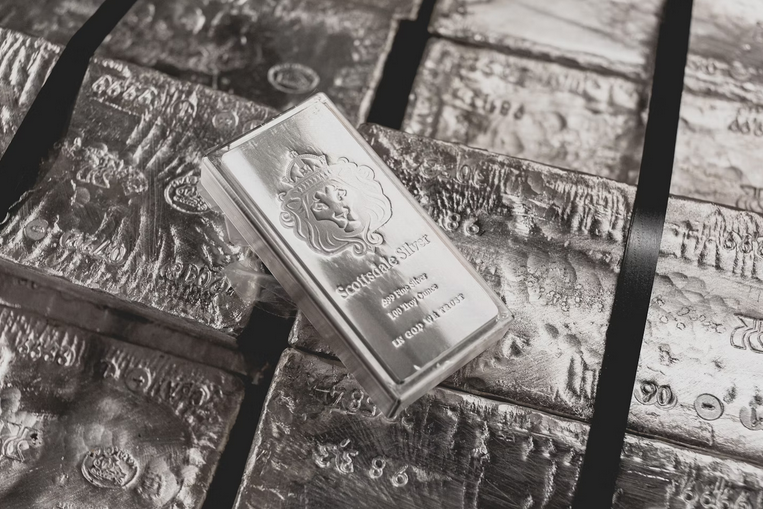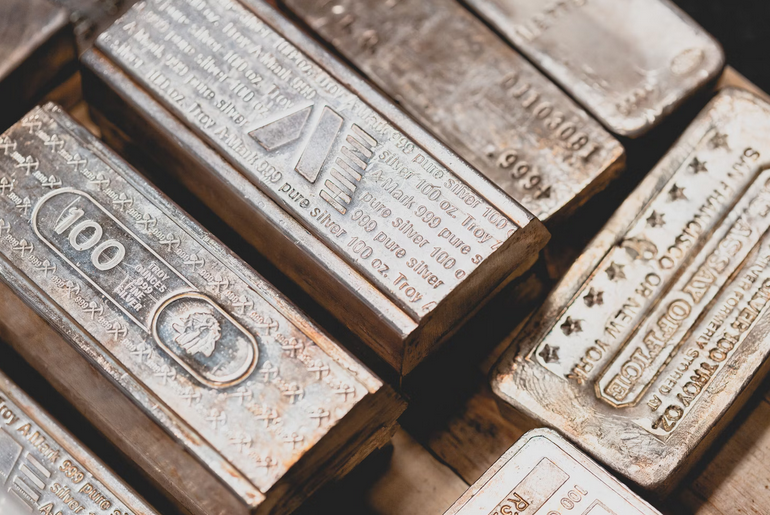
Navigating Silver Bar Grades: A Comprehensive Guide to Purity and Quality Standards
02/06/2024
In the intricate world of precious metals, where each ounce carries a story of craftsmanship and value, understanding the grades of silver bars becomes essential for investors and collectors alike. The purity and quality of silver bars play a significant role in determining their value and appeal. In this guide, we’ll delve into the nuances of silver bar grading, unravel the mysteries behind purity standards, and help you make informed decisions when navigating the diverse landscape of precious metal investments.
The Silver Fineness Scale
At the heart of understanding silver bar grades lies the concept of fineness. The standard measure is often 1,000 or .999, indicating that the bar is 99.9% pure silver. The closer the fineness is to 1,000, the higher the purity and, consequently, the more valuable the silver bar. But note that not all silver bars for sale adhere to these stringent purity standards, making it crucial for buyers to have discerning eyes when exploring the market. As you embark on your journey to acquire silver bars, keep in mind that the quest for high fineness goes hand in hand with considerations of authenticity, weight, and overall quality.
Common Purity Grades: Breaking Down the Numbers

- .999 (99.9% Pure Silver): The most common and widely accepted purity grade for investment-grade silver bars. These bars are highly sought after for their purity and are often produced by reputable mints and refineries.
- .9999 (99.99% Pure Silver): Considered “four nines” pure, this grade represents an exceptionally high level of purity. Bars with this grade are relatively rare and are often produced by renowned mints, appealing to collectors and investors seeking the utmost purity.
- .9995 (99.95% Pure Silver): Although less common, bars with this purity grade are still considered high-quality. They may serve specific industrial purposes due to their increased durability.
The Stamp of Authenticity
In the world of precious metals, authenticity is paramount. Silver bars are typically stamped with hallmarks and mint marks, providing crucial information about their origin and production. Reputable mints and refineries ensure that each bar bears these marks, offering a transparent way for investors to verify the authenticity and quality of their silver holdings.
Assessing Quality Beyond Purity
While purity is a critical factor, assessing the overall quality of a silver bar involves considering its weight and dimensions. Authentic bars produced by reputable entities adhere to industry standards, ensuring consistency in weight and size. Any deviation from these standards may indicate a lack of quality or authenticity.
Packaging and Presentation
Beyond the technical aspects of purity and weight, the packaging and presentation of a silver bar also contribute to its overall quality. Bars that are well-packaged and accompanied by certificates of authenticity are more likely to retain their value and appeal over time. Proper packaging also protects the bar from tarnishing or scratches, preserving its aesthetic appeal.
Understanding the grades of silver bars empowers investors to navigate the precious metals landscape with confidence. By unraveling the intricacies of purity, hallmarks, and overall quality, you gain the knowledge needed to make informed decisions when building or diversifying your investment portfolio. Whether you are a seasoned investor or a newcomer to the world of precious metals, this guide serves as a valuable companion on your journey to appreciate and invest in the timeless appeal of silver bars.



